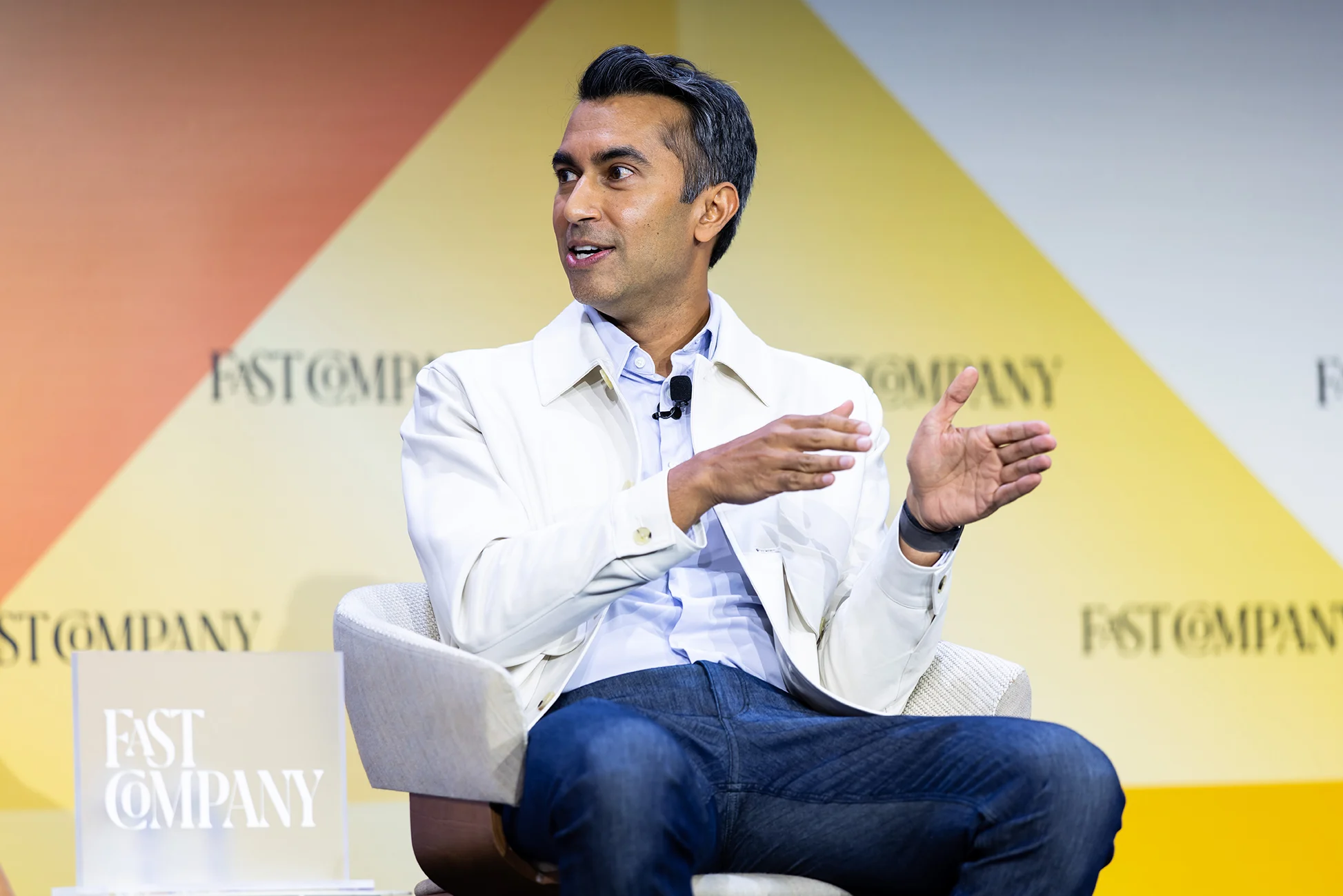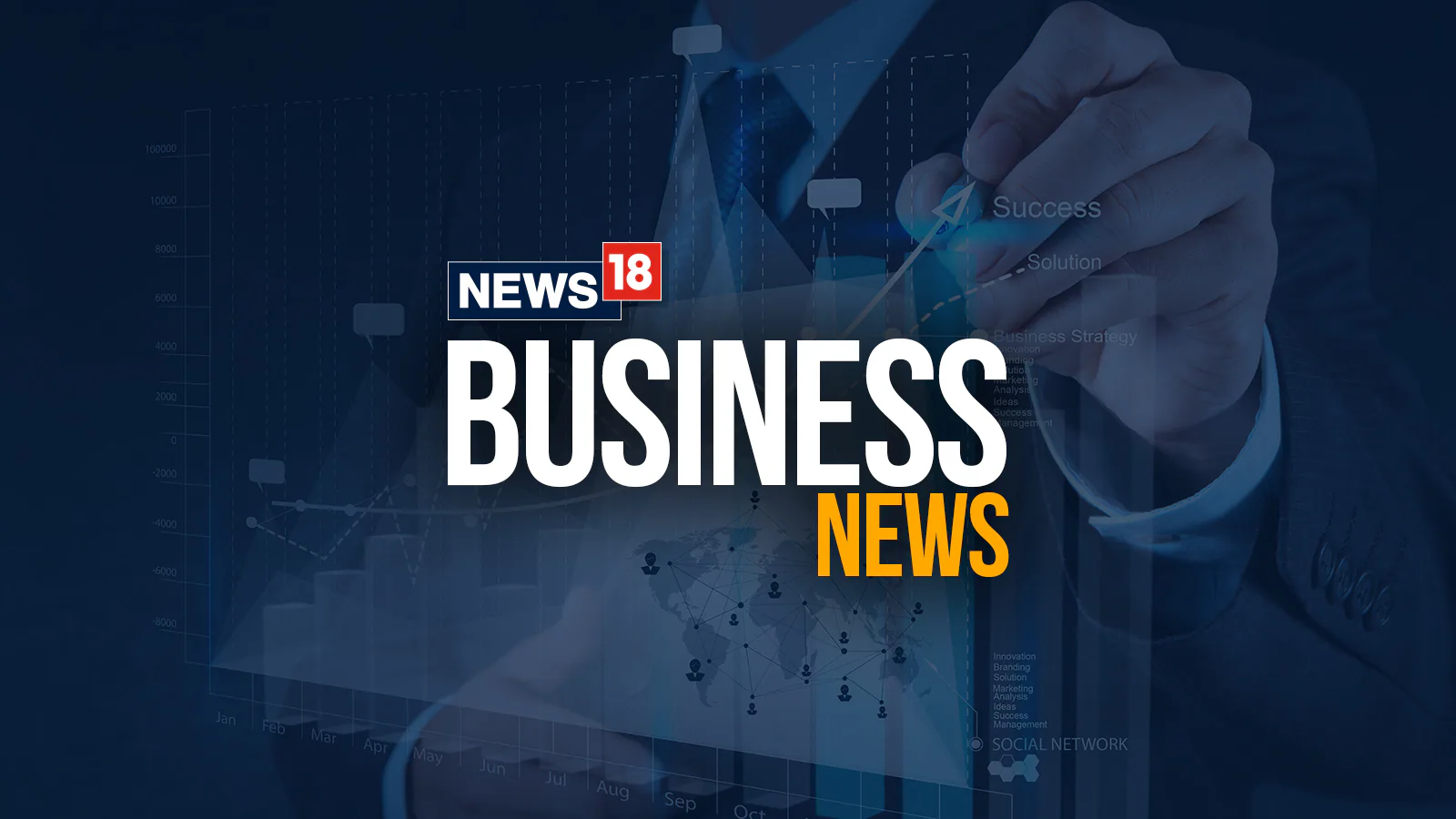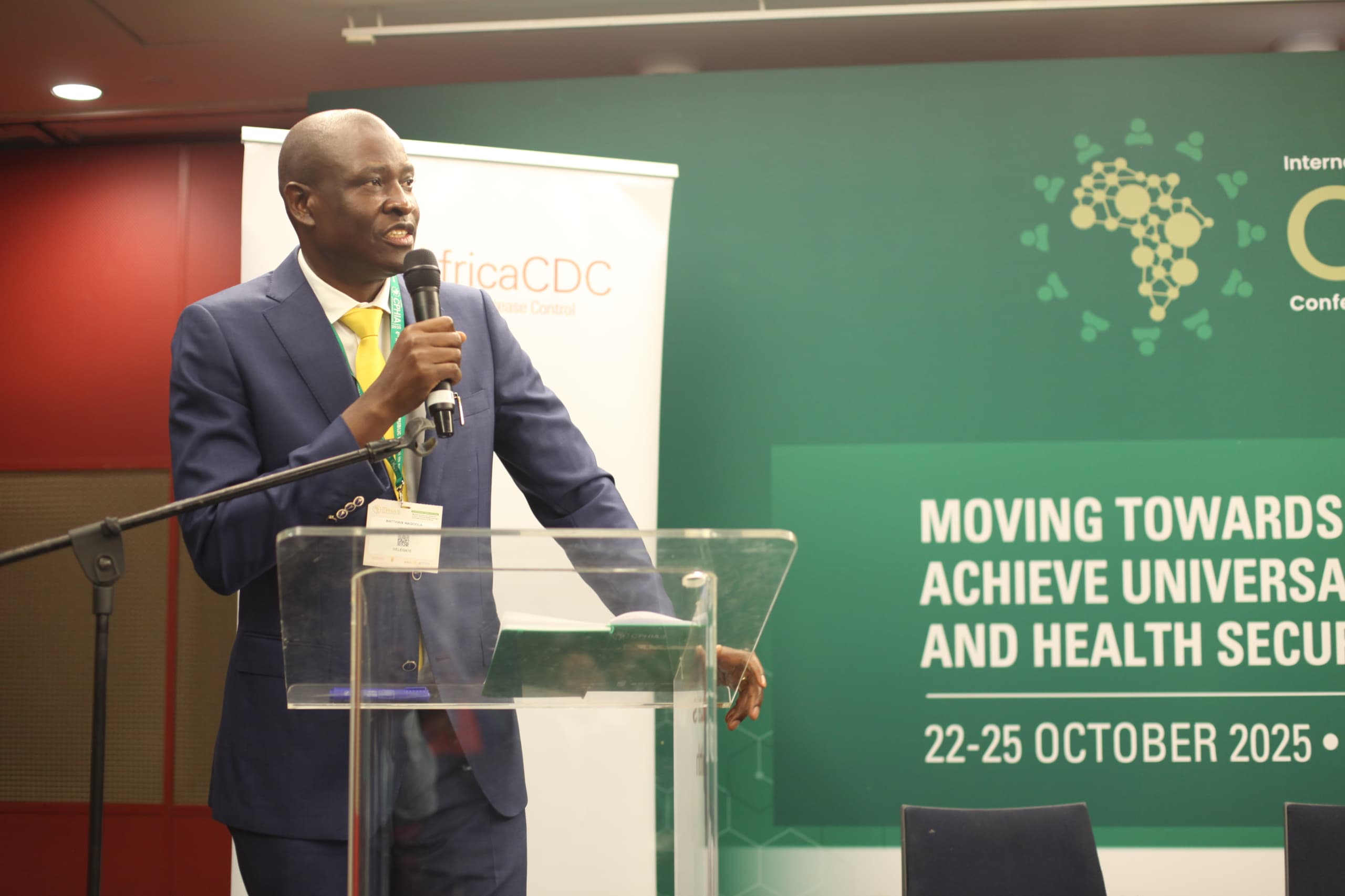Copyright Fast Company

Change, in the world of business, is unstoppable. How companies think about and deal with disruptions can have profound consequences. For many organizations, transformation is largely reactive—responses to unforeseen circumstances. But smart business leaders know how and when to lean into disruption—and see restless reinvention as a means to drive continuous innovation and growth. Maran Nalluswami, chief strategy and corporate development officer at financial services firm Synchrony, was a featured guest at the recent Fast Company Innovation Festival. He shared his thoughts about how the company, which has credit card partnerships with Venmo, PayPal and Amazon, among many others, has adopted what he calls “restless reinvention” to innovate in a crowded fintech market. Below are some highlights from that conversation. (Some quotes have been edited for length and clarity; scroll to the bottom to watch the entire discussion.) You have had a restless reinvention journey over the last 15 or 20 years. Can you talk about that? When we think about restless reinvention, I would say there’s probably two parts in our last 10 years I can point to very clearly. The first one was separating from GE [in 2015]. For those of you that have worked for a conglomerate, it is a different sort of thing. It’s great, because you’re protected by a lot of other companies. The negative is, you don’t get a lot of capital to invest in innovation. When we IPO-ed out, that was a new opportunity for us. Over the last 10 years, we’ve spent about $5 billion in developing technology, developing a foundation in the cloud—great experiences that really delivered for our partners. We also reorganized the company just in the last five years. The way we went to market was, we had three business platforms, and one of the business platforms had 70% of the business sitting there. And [Synchrony CEO Brian Doubles] looked at that and said, “Look, we’re not close enough to the consumer—it’s too layered.” So we took those three business platforms and made it five. Every one of those businesses had their own technology teams, their own product teams—and they created their own products and never really talked to each other. So, we pulled those out to create [standalone] product and technology orgs. We were doing great five years ago, but we are doing so much better today. Just for making those big changes. You’ve made some employee-focused changes, too. Can you talk about some of those? From an employee standpoint, we’ve been really driving a ton of trust and accountability. We allow our employees to go do things, and let them go learn and let them go change. But we have a very agile mindset to it. We do a lot of pulsing, we do a lot of round tables, we get a lot of employee feedback. And we’re consistently changing that. I’ll tell you a little shameless plug, but we [were ranked] number two in Great Places To Work, which was a really big deal for us. If you look at the stats, 94% of our employees say they feel like their opinions matter. And that, I think, was the biggest piece of the culture change: It was to listen to our employees and make changes, whether it’s business-related changes or personal-level changes. advertisement What about work culture? Synchrony appears to be quite a hybrid organization. Every single employee has the ability to work from home 100% of the time. Our employee morale is super high. But what’s really interesting: When I go to offices across the country, they’re full. People are coming in because they want to see other people. A hundred percent work-from-home is great because it drives flexibility. But as much as we do that, people really still want to come in. Talk us through the product. How do we experience what you’re continuing to put into the market in this innovative way? There are a lot of people in this country that can’t get credit because they don’t have a credit score. So, what do we do? Things like cash flow underwriting, which is, “Connect me to your bank. I can see you’re paying your bills. I can see this is the way you behave. Well, why don’t I give you a credit line?” So, I’d say we’re really innovating with the products and capabilities we give you—and also in our ability to just say ‘yes’ to more people. Can you leave us with a parting thought about leadership and reinvention? A lot of our best leaders lead with a style of inclusion. So it doesn’t matter where the idea comes from, but you should force the idea out of your employees as much as you can. People that work with me know I usually like the pitch in advance. I don’t want to spend time with them practicing how to pitch it—I want to spend time talking about it. I’ll come in with a really strong point of view, but I want them to challenge me. I want them to tell me I’m wrong. And if you can get them to do that without them feeling like they’re [being] insulting . . . it just gets a better work product.



